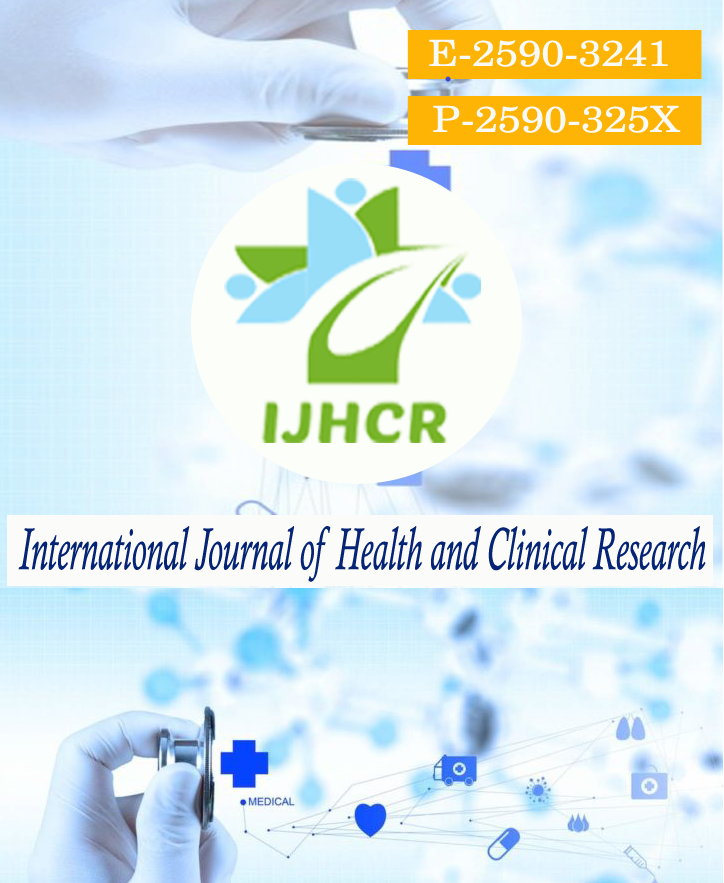Percutaneous pinning for non-comminuted extraarticular fractures of distal radius
Keywords:
Extraarticular distal radius fracture, immobilization with below elbow popcast, percutaneous pinning.Abstract
Background: Displaced Colles' fractures are treated by manipulation and below elbow cast application. Fracture stabilization by percutaneous pinning is a simple, minimally invasive technique that helps prevent displacement of the fracture, thereby minimizing complications. Various treatment modalities have been described for the treatment of extra-articular distal radius fractures each with its own merits and demerits. Our technique involves percutaneous pinning of the fracture and immobilization in neutral position of the wrist for three weeks. This study’s aim was to examine the functional outcome of percutaneous K-wiring of these extra-articular distal radius fractures with immobilization in neutral position of the wrist. Method: This is a prospective study of 28 patients aged between 20 and 60 years with extra-articular distal radius fracture. Patients were treated with closed reduction and percutaneous pinning using two or three K-wires. A below- elbow plaster of paris dorsoradial slab was applied in neutral position of the wrist for 4 weeks. At the end of 4weeks, the slab was removed and wrist physiotherapy started. The radiographs were taken postoperatively, at 4 weeks, 6 weeks. Results: Excellent to good results were seen in 93.75% of the cases while 6.25% had fair results. The complications observed were pin loosening (n=6), pin tract infection (n=1), malunion (n=1), wrist joint stiffness (n=1), reduced grip strength (n=1). Conclusions: Displaced extraarticular distal end radius fractures should be reduced and stabilized with percutaneous K-wires to achieve an excellent functional outcome.
Downloads
Published
How to Cite
Issue
Section
License
Copyright (c) 2022 Surendra Singh Yadav, Vivek Kumar Gupta, Rohit Ajmeria

This work is licensed under a Creative Commons Attribution 4.0 International License.






 All articles published in International Journal of Health and Clinical Research are licensed under a
All articles published in International Journal of Health and Clinical Research are licensed under a 